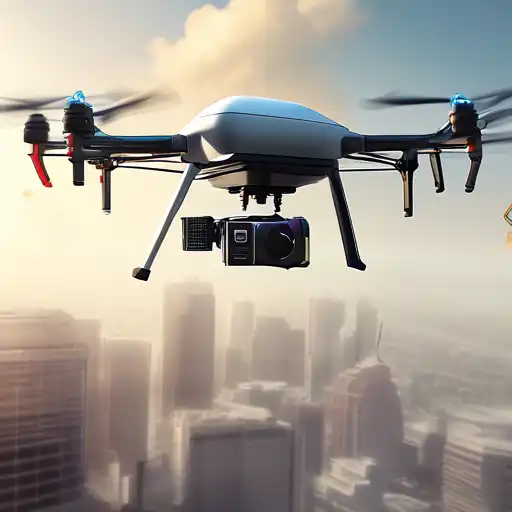The Rise of Commercial Drones
Commercial drones, also known as unmanned aerial vehicles (UAVs), have surged in popularity across various industries. From agriculture to real estate, these flying devices are revolutionizing the way businesses operate. The ability to capture aerial footage, monitor large areas, and deliver goods has opened up a plethora of opportunities for companies willing to embrace this technology.
Opportunities Unleashed by Commercial Drones
The applications of commercial drones are vast and varied. In agriculture, drones are used for crop monitoring and spraying, significantly reducing the time and labor required. In the construction sector, drones provide aerial surveys and inspections, enhancing safety and efficiency. Meanwhile, the delivery industry is exploring drones as a means to expedite shipping processes, especially in hard-to-reach areas.
- Agriculture: Crop monitoring, spraying, and land assessment.
- Construction: Site surveys, progress tracking, and safety inspections.
- Delivery Services: Fast and efficient package delivery.
- Photography and Videography: Aerial shots for real estate and events.
Navigating the Regulatory Framework
Despite the opportunities, the use of commercial drones is subject to strict regulations to ensure safety and privacy. In the United States, the Federal Aviation Administration (FAA) requires drone operators to obtain a Part 107 certification for commercial use. Similar regulations exist worldwide, with countries like Canada and the UK implementing their own sets of rules.
Key regulations include altitude restrictions, no-fly zones, and the requirement for operators to maintain visual line of sight with the drone. Violations of these regulations can result in hefty fines and legal consequences, making it imperative for businesses to stay informed and compliant.
Future Prospects and Challenges
The future of commercial drones looks promising, with advancements in technology paving the way for more sophisticated applications. However, challenges such as privacy concerns, air traffic management, and the need for more comprehensive regulations remain. Businesses must navigate these challenges carefully to fully leverage the potential of commercial drones.
For those interested in integrating drones into their operations, it's crucial to stay updated on the latest drone regulations and invest in proper training and certification. The sky's the limit for commercial drones, but success lies in responsible and informed usage.
Conclusion
Commercial drones offer unprecedented opportunities for businesses across various sectors. However, navigating the regulatory landscape is essential to harness these benefits without falling afoul of the law. As technology evolves, so too will the opportunities and regulations surrounding commercial drones, making it an exciting space to watch.
